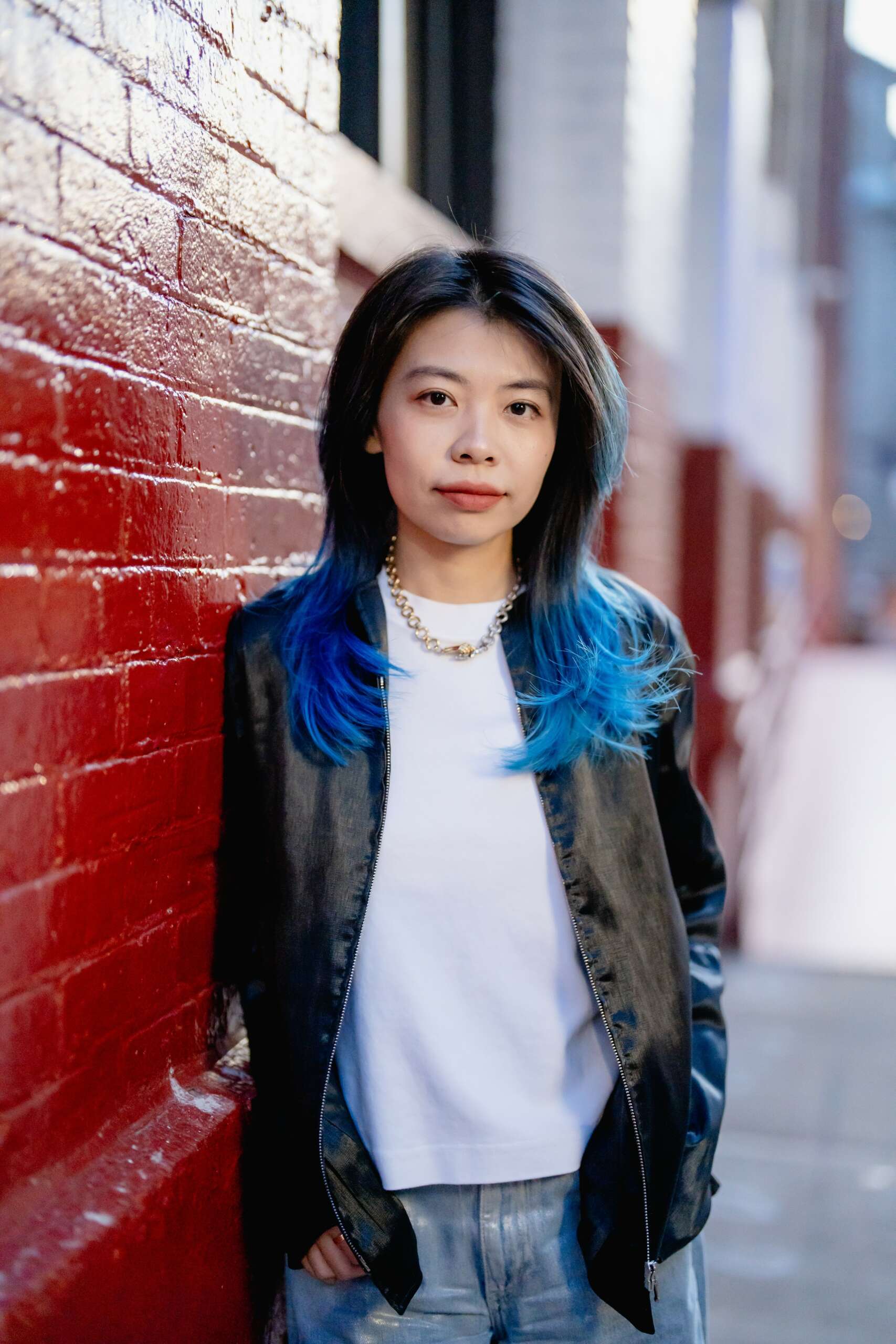We were lucky to catch up with Chiarina Chen recently and have shared our conversation below.
Chiarina , looking forward to hearing all of your stories today. We’d love to hear about a project that you’ve worked on that’s meant a lot to you.
I’d say it’s the ‘Collecting Anxiety’ series. It’s a long-term multi-part project that lasted for years. It’s also my first independent project, so I guess it’s always more special. The first one was always the scariest one. Limited resources, tons of anxiety, and fear of failure. In the beginning, I had to do everything myself: design posters, write statements, find spaces, land deals, promote, document, install and distribute, clean the space, and all of that. It was as exhausting as it was rewarding. Not only did I test out my own limits, but I also found myself truly embodying this project- collecting anxiety and transforming it into interconnectedness.
Coming from a psychology and art background, I find our understandings of emotions and feelings are reduced or oversimplified by medical terms. Since I first came to the US, I felt that it’s a culture that often glorifies strength, perfection, and positive energies. In social media or mass culture, we don’t see much portrayal of vulnerability, anxiety, or imperfection. They are associated with ‘illness’ or ‘negativity’ in the Cartesian bilateralism. However, these cultural stigmas could block the moving and transforming nature of how we feel.
Collecting Anxiety series aims at an alternative approach that foregrounds the creative potential and importance of connectedness. We do not discard the pain and exhaustion but see them as thresholds of transformation — to endure and to activate the capacities of becoming nomadic subjectivities. As Édouard Glissant raised, “becoming nomadic marks the transformation of the pain of loss into an active production of multiple forms of belongings. Here what once is lost in the fixed pattern has proceeded in a multiple rhizomatic manner that transcends the bilateralism of identity structure.”
I started by sending out “signal” cards. We invite people to send sound recordings whenever they feel frustrated, anxious, or depressed based on their definitions of anxiety. Meanwhile, we invite artists from multi-disciplinary backgrounds to create artworks based on collected sound data. So far, we’ve collected sound narratives over seven languages across five continents and developed a digital open space that interlinks personal voices and collective stories.
The project traced the continuing processes of opening, speaking, listening, receiving, and producing. An interesting fact to most artists is that due to the variety of languages and forms of content, the unknown became a prominent part of the art-making process; therefore, listening by itself outweighs any interpretations. By listening, we enter an assemblage of one’s story, emotion, socio/geolocation, memory, history, and secrets. Here, what mattered was to listen with curiosity and wonder about the other, to imagine while acknowledging that it is impossible to grasp the other person fully. It is to approach with opacity — what fundamentally connects us.
Throughout the year, artists have transformed the collected sound of ‘anxiety’ into a series of commissioned works, leading to exhibitions and site-specific performances. Each show explored one theme. In New York’s first season, the collected digital community traveled from downtown Manhattan to Manhattan Bridge, Soho, and landed in the Church of Epiphany on the Upper East Side. The show landed in Brooklyn Navy Yard and Shanghai Himalayas Museum in the second iteration. We have also collaborated with cyborg artist Moon Ribas at the Connelly Theater in its third iteration. Workshops were hosted in multiple schools and art spaces in New York, Beijing, Hamburg, and Shenzhen.
What touched me was that lots of people came to the exhibition just to enjoy listening to the other person’s story. One told me he was so moving when hearing his sound remixed with music and layered with another person’s story. He said the once-fixed emotions become something else, reminding him that nothing is static, and art could be a great way to open. I felt the same. Looking back to this project, I’d say its meaning is not that art can ‘cure’ things fundamentally but could be a way to open up, forming time and space that allows people to connect with themselves and with others.
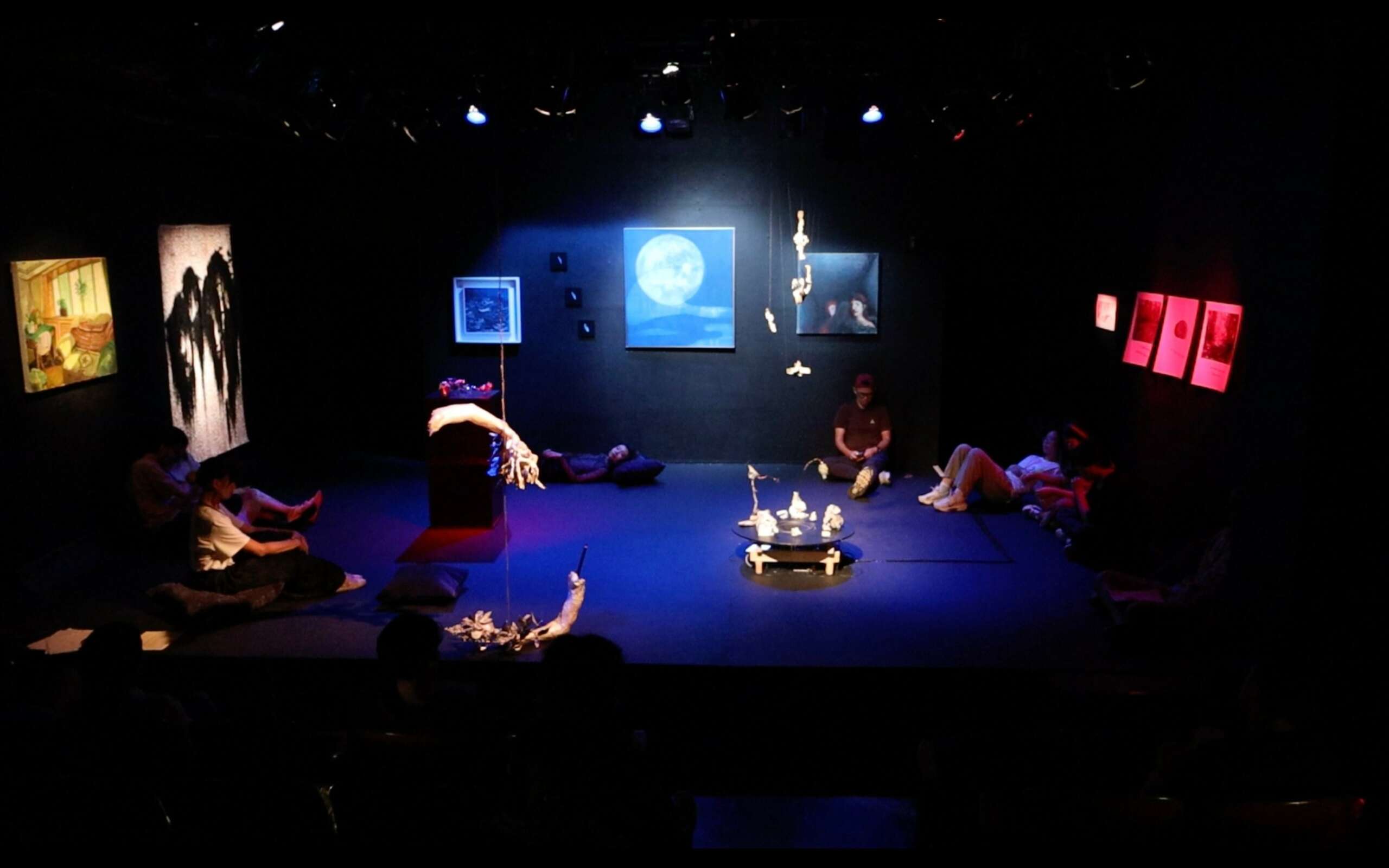
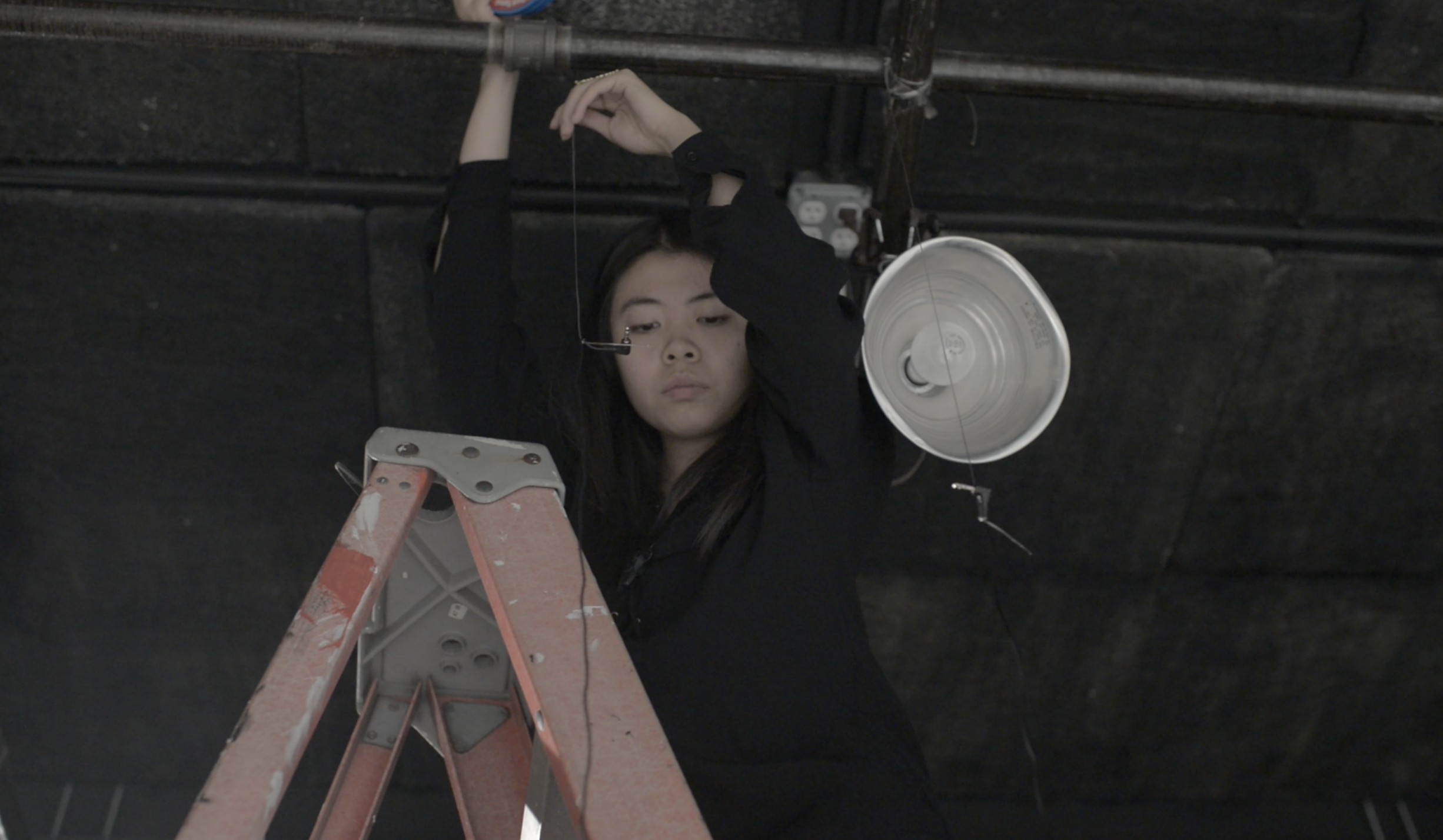
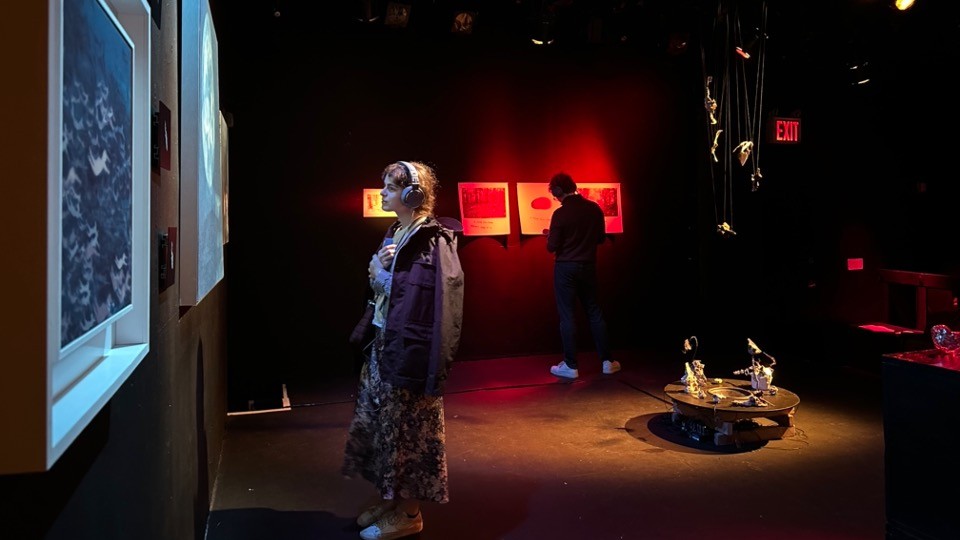
Chiarina , love having you share your insights with us. Before we ask you more questions, maybe you can take a moment to introduce yourself to our readers who might have missed our earlier conversations?
I am an independent contemporary art curator. I grew up in a Chinese folk music family. Later, I came to the US to study criminal psychology and art history and did a master’s in contemporary art. The intersections between these paths formed my early interest in curating.
Speaking of independent curators, most people would think it’s someone who doesn’t belong to any institution. It’s true that independent curators often operate without the institutional structures and guidelines that govern their counterparts in established institutions, and this autonomy presents both opportunities and complex challenges. I always see each project, though precarious or challenging, an opportunity to transform. And being an independent curator is like being an octopus. It’s multiple roles functioning and coordinating in one entity, and your tentacles are constantly connecting with others and the world. Ever since I initiated my debut series, “Collecting Anxiety,” back in 2016, I found my role as a weaver that interlinked multi-avenue spaces/institutions and a care provider to everyone in the project, including all the artists, participants, and audiences across internet and time zones. Over the years, I’ve launched projects exploring the collective subconscious, nightmares, E-waste, and cyborg behaviors till recent research centering posthuman kinship, probing life-death entanglement with nonhuman entities.
I love it when the artists I collaborate with are excited about the unknown scenarios. I love when they open up to me, and I open up to them. It takes more than professionalism to build an independent project. That’s why I hate to reduce artists or their works to mere genres or trends. Every artist and their practices are singular and complex in their own ways. Making an exhibition, too, is a living thing. It’s much more than using knowledge and skills to make sense of a collection but to delve into a web of relations and explore what’s beneath the visible. It’s a process of solving a mystery, an ‘investigation,’ more essentially, a node that weaves new interconnections. To me, it’s important to maintain these long-term relations and ‘investigations.’ In the meantime, I often think about what other sectors we could reach except for the white-cube art system. You must know that the world mutates and shifts much more drastically than the world within the museum wall—new platforms, financial models, digital identities, cyberspaces, etc. The majority of artists I collaborate with are cross-disciplined and, in a way, on the frontier line of these matters. Thus, I find it essential to always think outside of the box and ask myself where we could go next and how.

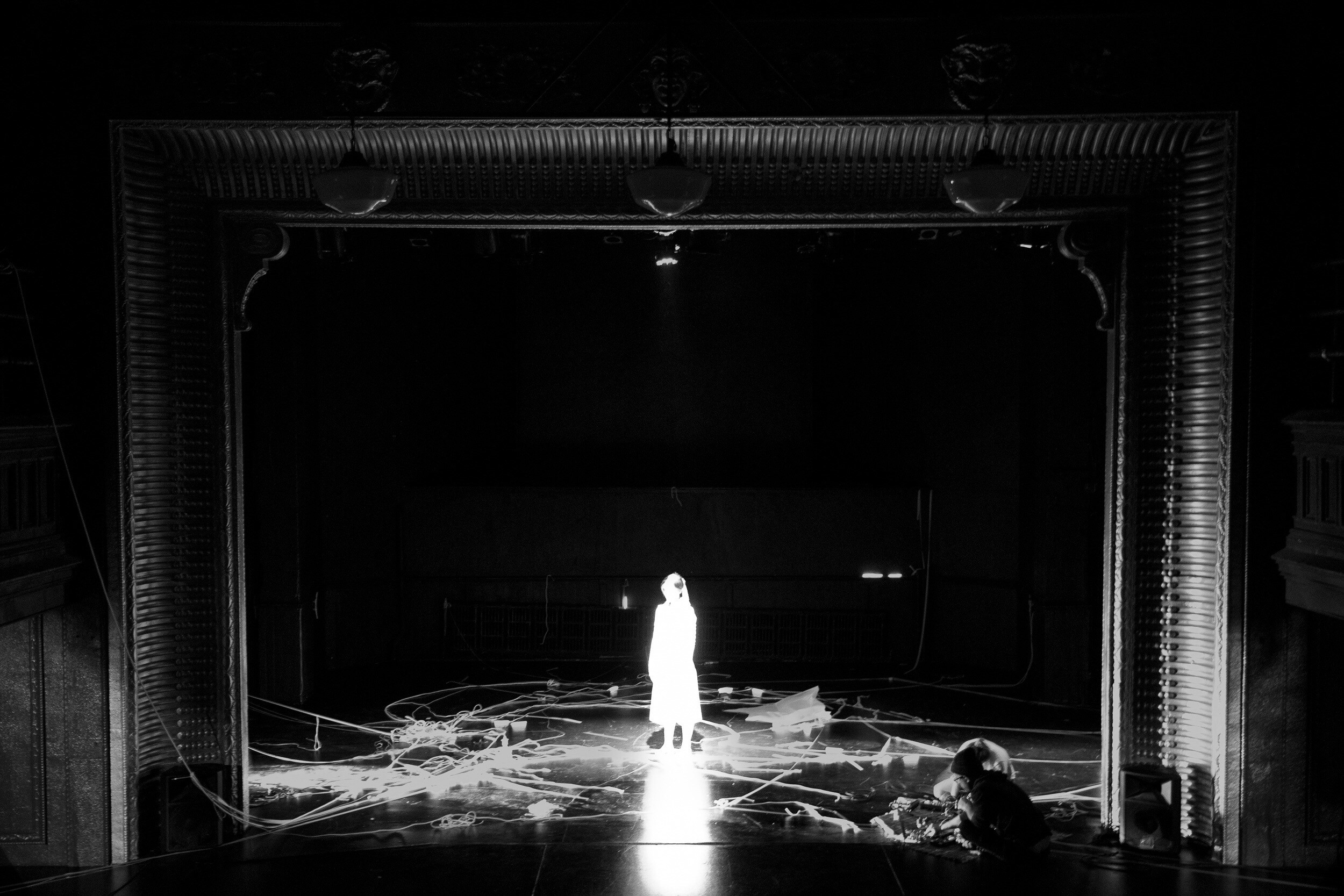

What do you find most rewarding about being a creative?
I am an independent contemporary art curator. I grew up in a Chinese folk music family. Later, I came to the US to study criminal psychology and art history and did a master’s in contemporary art. The intersections between these paths formed my early interest in curating.
Speaking of independent curators, most people would think it’s someone who doesn’t belong to any institution. It’s true that independent curators often operate without the institutional structures and guidelines that govern their counterparts in established institutions, and this autonomy presents both opportunities and complex challenges. I always see each project, though precarious or challenging, an opportunity to transform. And being an independent curator is like being an octopus. It’s multiple roles functioning and coordinating in one entity, and your tentacles are constantly connecting with others and the world. Ever since I initiated my debut series, “Collecting Anxiety,” back in 2016, I found my role as a weaver that interlinked multi-avenue spaces/institutions and a care provider to everyone in the project, including all the artists, participants, and audiences across internet and time zones. Over the years, I’ve launched projects exploring the collective subconscious, nightmares, E-waste, and cyborg behaviors till recent research centering posthuman kinship, probing life-death entanglement with nonhuman entities.
I love it when the artists I collaborate with are excited about the unknown scenarios. I love when they open up to me, and I open up to them. It takes more than professionalism to build an independent project. That’s why I hate to reduce artists or their works to mere genres or trends. Every artist and their practices are singular and complex in their own ways. Making an exhibition, too, is a living thing. It’s much more than using knowledge and skills to make sense of a collection but to delve into a web of relations and explore what’s beneath the visible. It’s a process of solving a mystery, an ‘investigation,’ more essentially, a node that weaves new interconnections. To me, it’s important to maintain these long-term relations and ‘investigations.’ In the meantime, I often think about what other sectors we could reach except for the white-cube art system. You must know that the world mutates and shifts much more drastically than the world within the museum wall—new platforms, financial models, digital identities, cyberspaces, etc. The majority of artists I collaborate with are cross-disciplined and, in a way, on the frontier line of these matters. Thus, I find it essential to always think outside of the box and ask myself where we could go next and how.
The most rewarding aspect of being an independent curator is to be truly seen by the people I collaborate with and to know that I am helpful in their practice and career. I sometimes get frustrated when encountering people who don’t value curators’ inputs and labor and only prioritize their roles and visions. However, they only make me appreciate more of those who indeed value my role and see our collaborations as a shared growth. Learning from each other and exchanging experiences and ideas are the best things. It brings me more pleasure than my own singular highlight, and I meant it. The longer I am in the art industry, perhaps in any industry, the more I treasure collective power. The synergy among people and community. And knowing that I am contributing to this community and being helpful to others’ success brings me peace and joy. It also brings back the word ‘curate.’ Its root means’ care.’ Being part of the care cycle, giving and receiving, is the most rewarding thing.
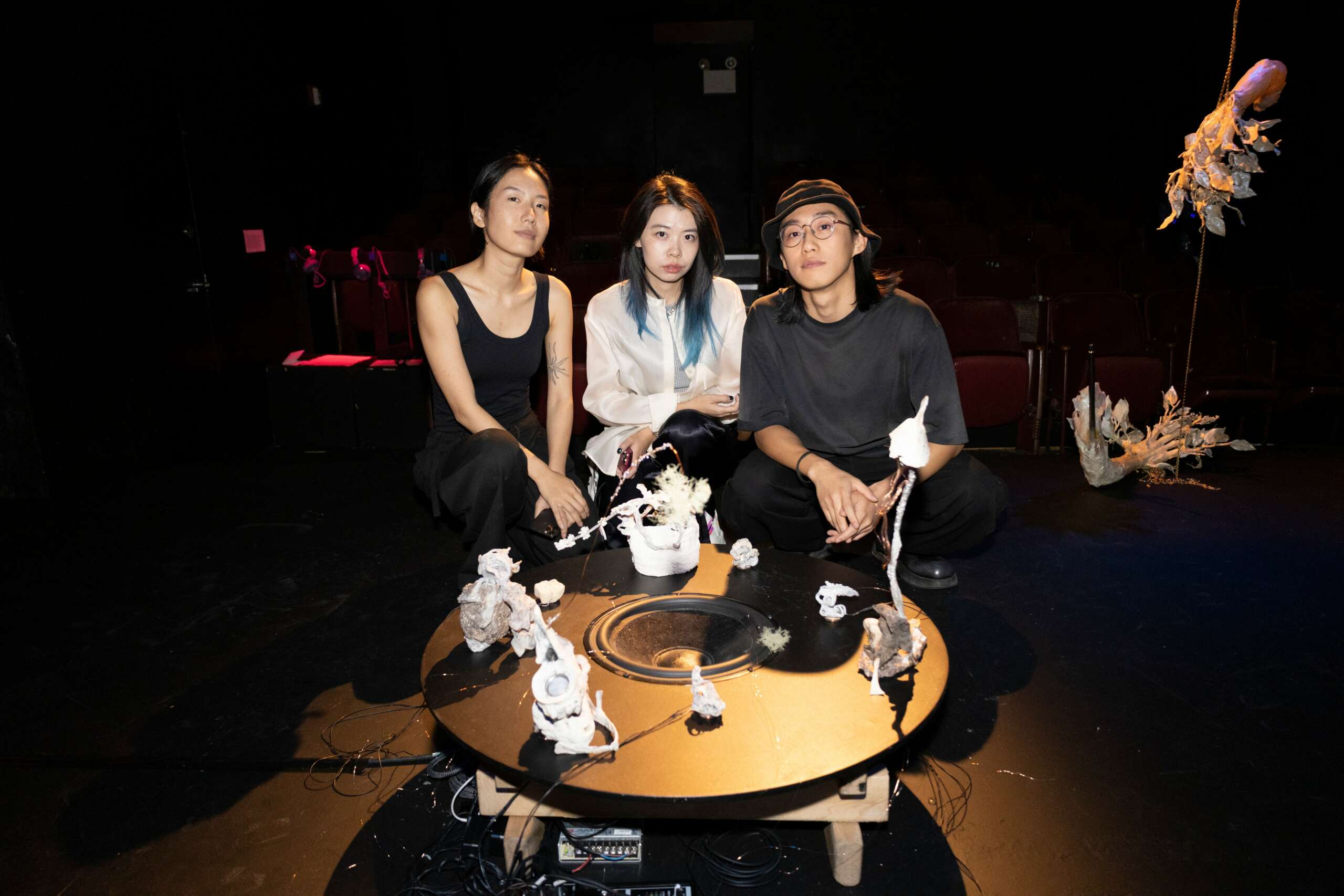
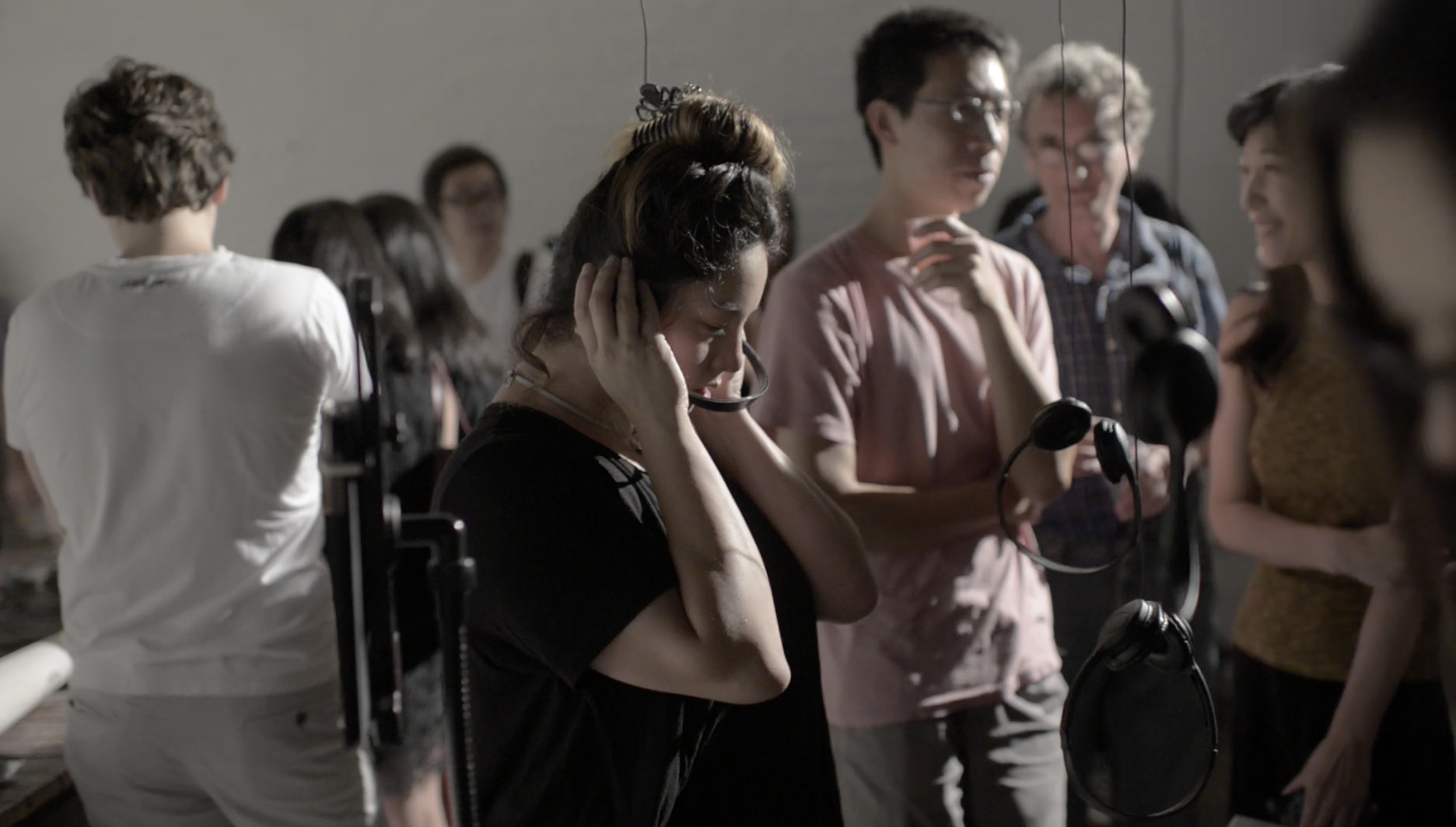
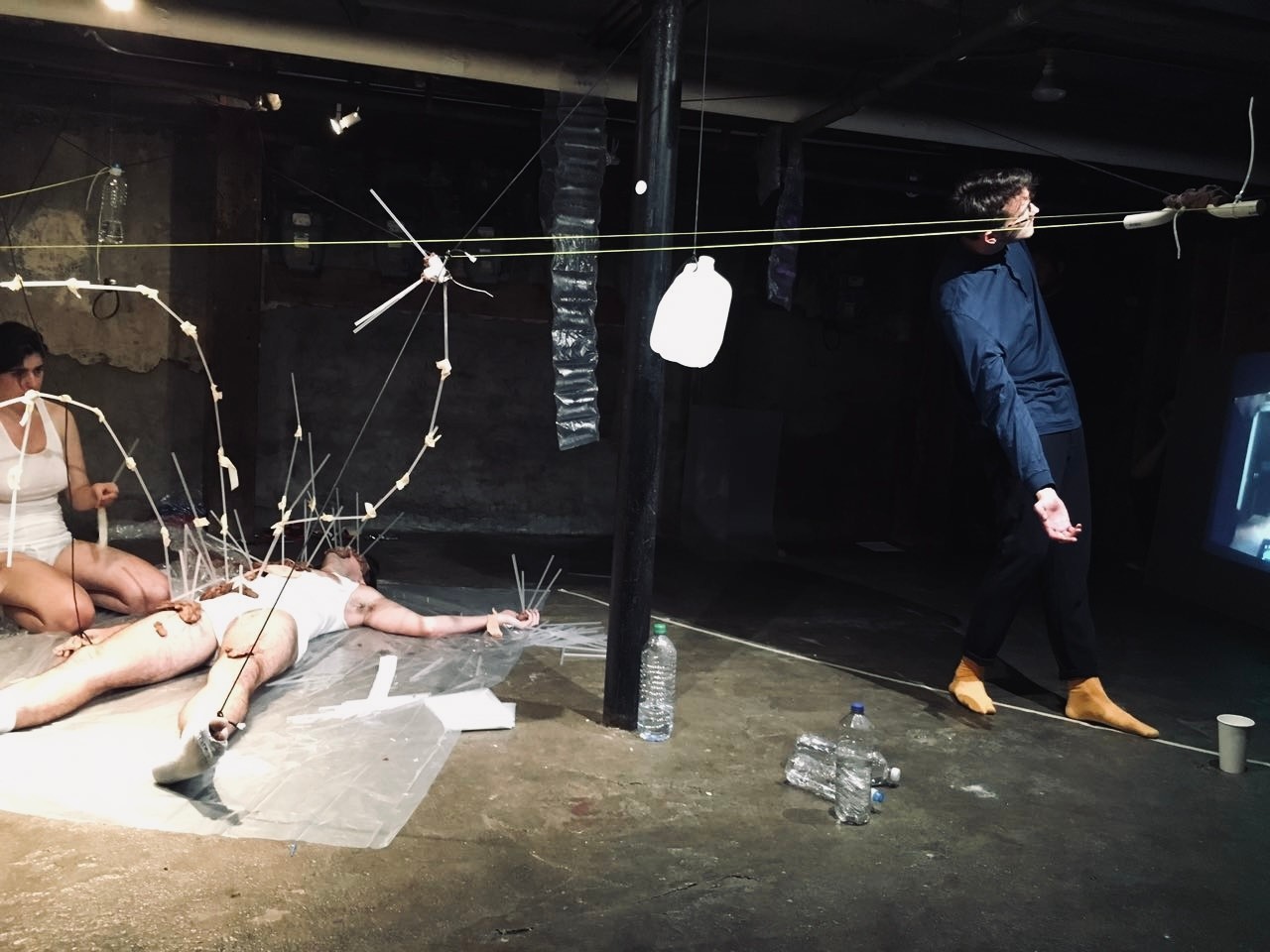
What can society do to ensure an environment that’s helpful to artists and creatives?
In a bleak time like this, financial support, big or small, for artists is gold. And there should be more outlets and funds for artists from all backgrounds to apply. Ecosystem-wise, the society could also be supportive of fostering different fields together, letting artists gain more insights and launch more cross-field collaborations. It’s a win-win situation for both sectors. Like any industry, the art industry could be quite restricted to its own circles and rules. Cross-field collaboration can be the catalyst for change. There are science and technology institutions actively collaborating with artists. Bio art and digital art, for instance, have gained support from multiple sectors of society. I wish there could be more. Artists’ inputs, not only aesthetically but also emotionally and spiritually, should be recognized more in the fast-paced society.
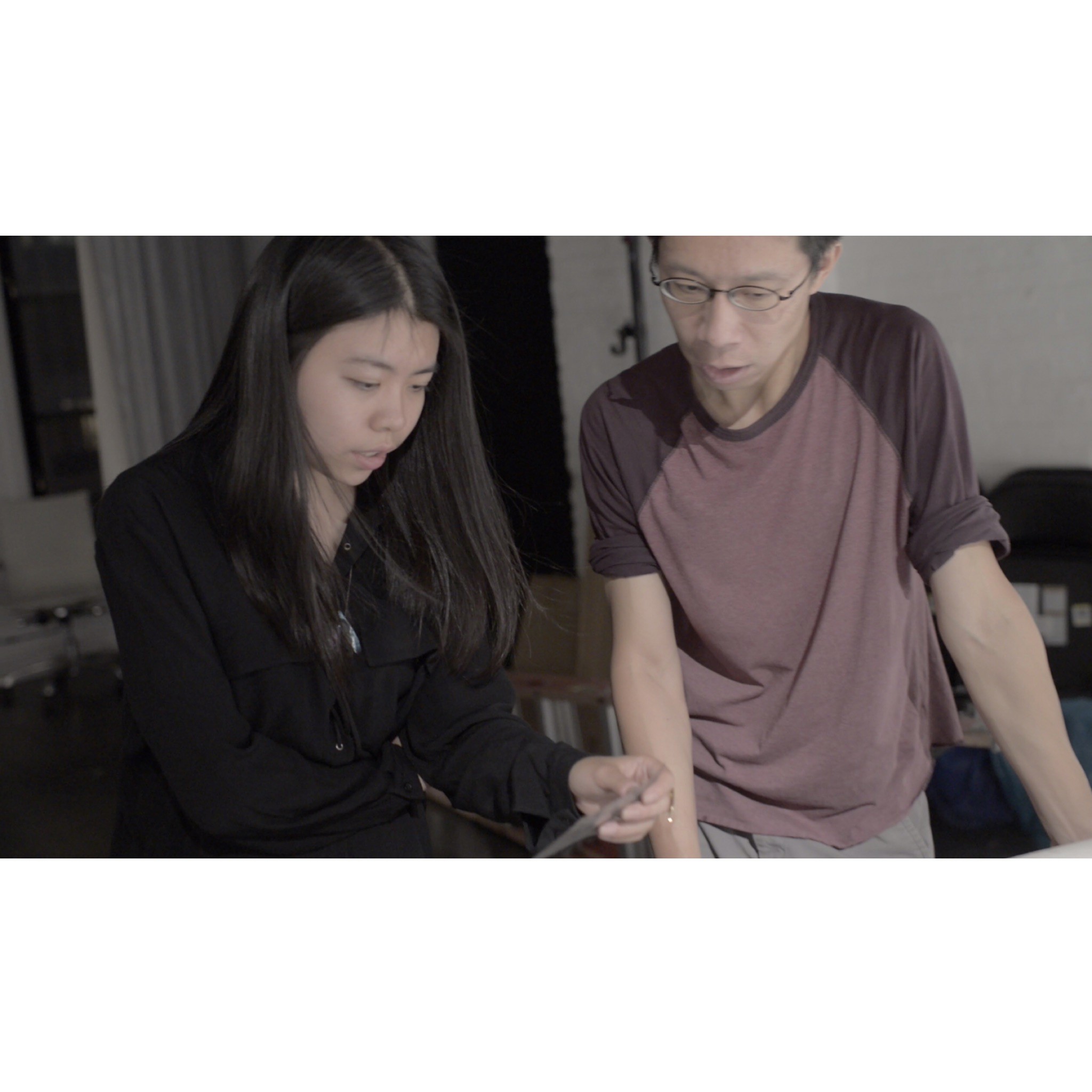
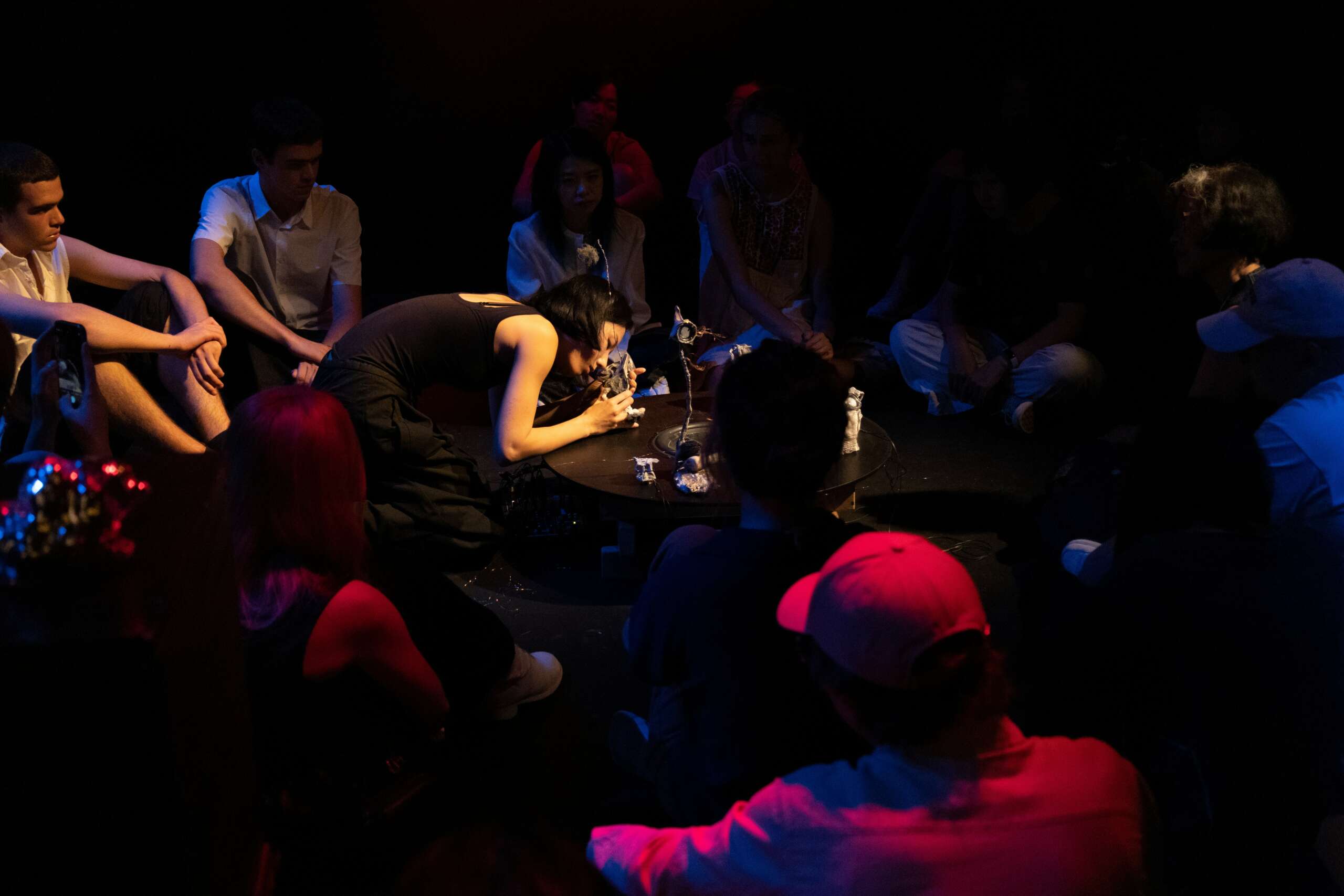
Contact Info:
- Website: https://www.chiarinachen.com/
- Instagram: @chiarina.chen
Image Credits
Photo by: Curtis Pan, Chiarina Chen, Xiaolong You, Lufus Sun, Bicheng liang


